Microbiome vs microbiota?
The cutaneous microbiota is generally defined as all the micro-organisms (bacteria, viruses, yeasts, fungi) living on the surface of the skin. It plays a real protective role and is an integral part of the skin’s barrier function. The cutaneous microbiota acts as a shield against external aggressions that the skin undergoes throughout the day (UV, pollution, evaporation, blue light…). It produces its own defenses against bad bacteria by developing a favorable environment for good bacteria, thus creating a strong protective barrier. The skin microbiome is made up of the microbiota and its environment (the area of the skin and its condition): the microorganisms are different depending on the area of the body (e.g. cheeks, armpits, feet…) and the “health” of the skin: dry, oily skin… These invisible micro-organisms are thus very important for the health and beauty of the epidermis.
However, skin imbalances (oily, dry, sensitive skin…) can appear when certain micro-organisms develop in too large a number or if certain bad bacteria take hold. Most of the time, the skin is able to cope with these problems on its own: the hydrolipidic film and the skin’s pH level prevent the anarchic development of bacteria. But, sometimes, the imbalances are too great, causing skin damage such as micro-inflammations, atopic dermatitis or acne. This skin imbalance acts as an aggression and can play a role in the aging of the skin. This is why it is important to take care of your skin microbiome in order to have a beautiful and healthy skin.
How to take care of your skin microbiome?
- use gentle cleansing products to limit the drying effect on the skin,
- gently pat your skin dry instead of rubbing vigorously with a towel,
- monitor the pH of your skin: the skin’s acidity level is naturally around pH5. Above it is too alkaline, below it is too acidic. In both cases, the skin barrier is damaged, as is the microbiome. It is therefore necessary to use products with pH levels that respect the skin’s pH,
- mechanical abrasive scrubs are not the best friends of good bacteria. Indeed, they do not appreciate being physically eliminated. They leave the skin fragile and sensitive. Micropeeling is therefore the ideal solution to solve your skin problems without altering the microbiome,
- prefer cosmetic products with a prebiotic effect that favor the microbiome,
- banish very hot water, which disturbs the skin flora,
- moisturize your skin! The drier the skin is, the less good germs can live there. Use a gentle moisturizer that retains water with ingredients like hyaluronic acid and ceramides, which are the good fatty acids that restore the skin barrier,
- eat well: A healthy, balanced diet has a positive impact on your skin,
- protect your skin from the sun because UV rays unbalance the skin’s flora ,
- external aggressions are harmful, the use of a shield at the end of the beauty routine helps to protect the skin.
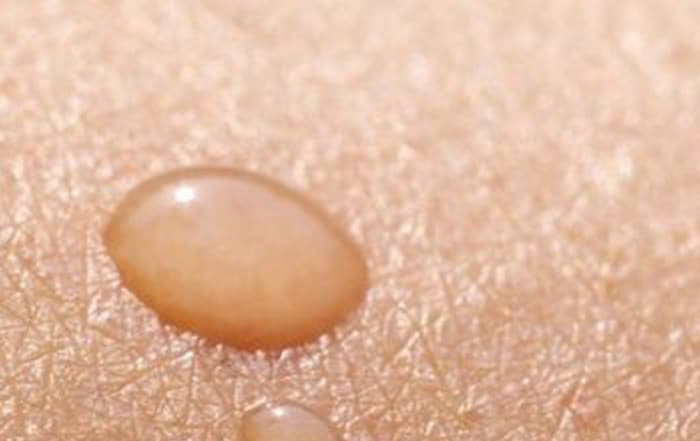
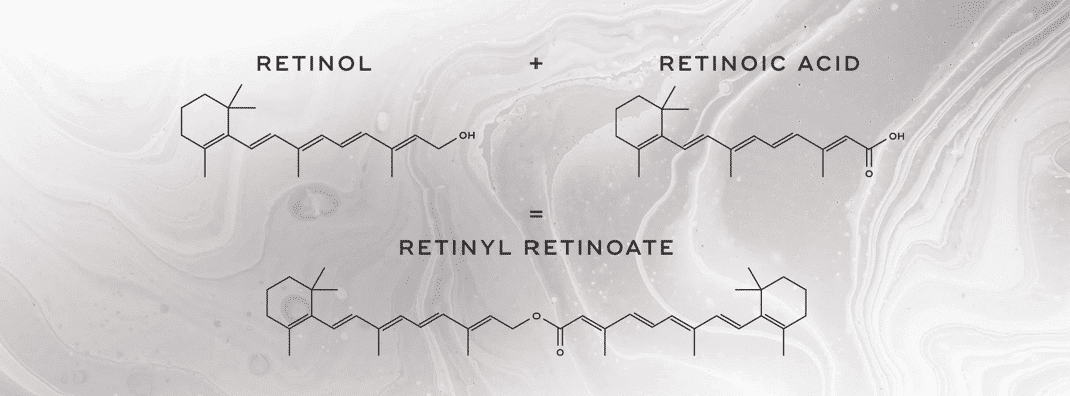
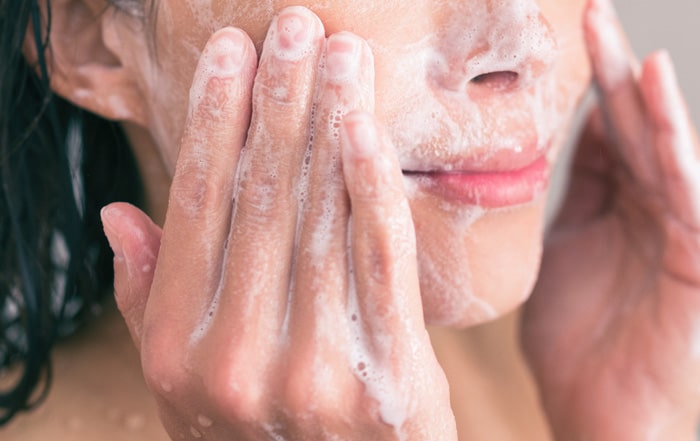
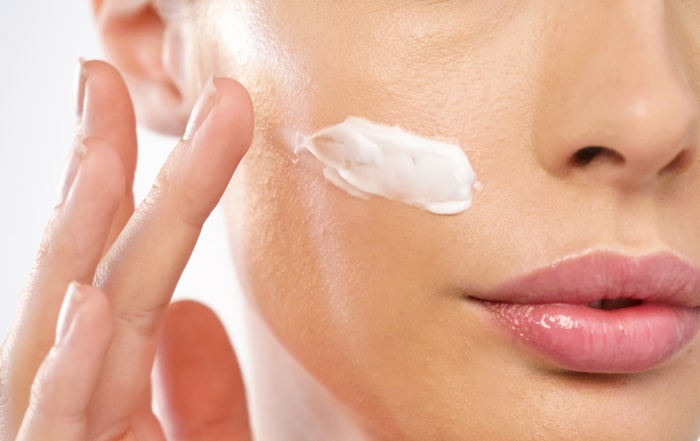
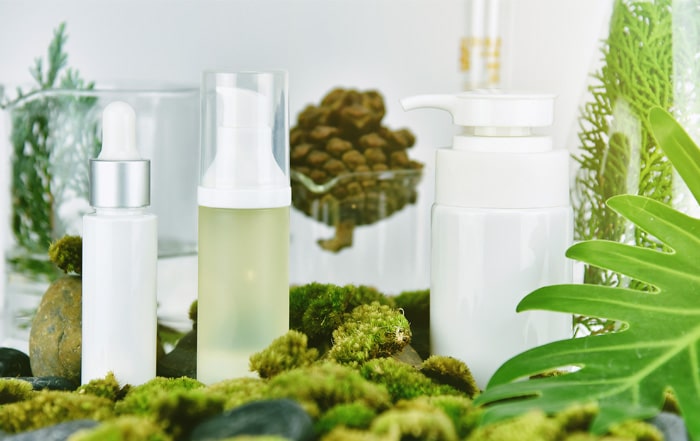



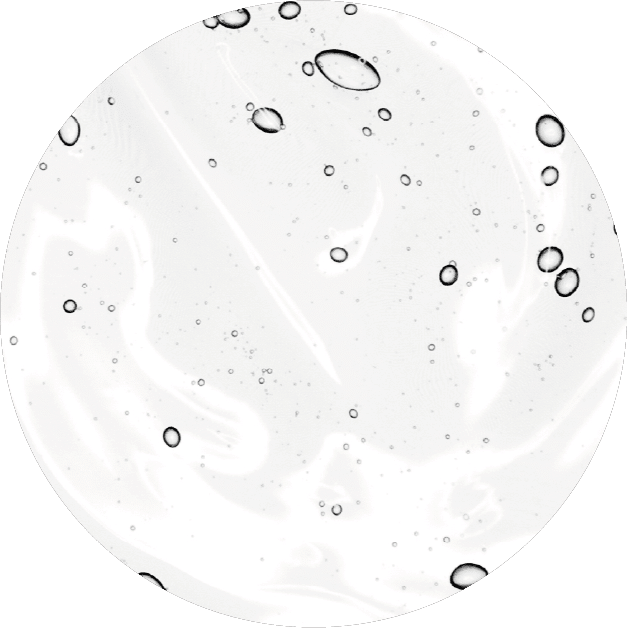

Leave A Comment